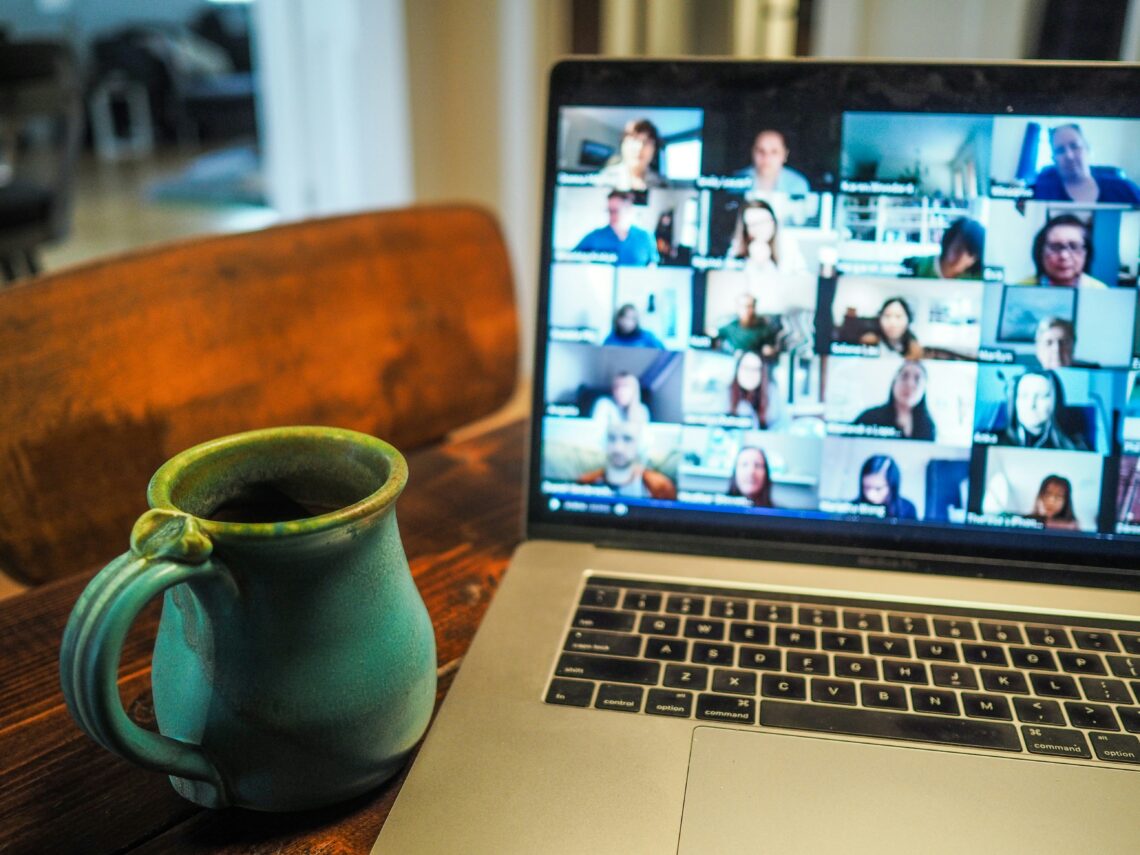I have spent a lot of time in educational institutions throughout my life. A quick count gives me 13 in grade school, six in Bachelor’s degrees, three working as a teacher, and one in a Master’s program. I started school as the internet was blossoming and I battled through COVID-19 to secure a degree in Physics. Now, I teach at a time when AI is threatening the very fabric of our education system and I couldn’t be more excited about it. I’ve been asked to learn in various ways; from the standard in-person lecture, to fully online asynchronous environments, and everything in between.
Despite having to learn in all of these different ways, there is one commonality: I’ve had good and bad experiences in both and the mitigating factor is the activity, not the platform. I’ve had tremendous teachers, both online and off. And each made the best possible use of their resources and platform. As for my less-than-tremendous teachers, they could have had Michael Bay produce their lessons and they would still put you to sleep.
Like Michael Bay, the teachers who delivered these memorable lessons – online and off – cared deeply about their work. They cared for their students and tried to understand what made them tick. They would try new things (unlike Michael Bay) until they found the optimal method and they’d let their students in on it. Those inspiring teachers would make you feel like part of the process. They’d make you feel special; not like another nameless face in the umpteenth year of teaching.
Online learning environments
In my experience, online learning environments like Zoom or Brightspace provide platforms for learning that are far-reaching yet sometimes easily ignored. A few years ago, I planned to finish my physics degree peacefully and without conflict in April 2020. And then something happened.

And everything stopped. Well, almost everything. While almost every facet of life was affected by the lockdown, education somehow remained. Zoom, a seemingly low-quality version of Skype, had entered our homes and made education possible. I was able to finish my degree at UVic with zero delays and this was thanks to an obscure video-conferencing application. This is the core benefit of online learning environments. It allows us to connect people from all over the world when it otherwise would not be possible. Because of it, I have been exposed to perspectives and ways of knowing that were previously inaccessible to me. It also provides a large measure of convenience for those looking to learn without the financial burden of transportation or the enormous weight of pants.
One drawback I have struggled with when learning online is balancing competing interests. When I travel somewhere to learn, I am part of a captive audience. The simple act of preparation segments my day and makes me ready to sign the social contract that is learning. At home on my laptop, I am compelled to switch tabs, open my phone, or start some overdue marking. The burden on the teacher is greater since they must be more engaging than all my fun toys at home. There are strategies to reduce these distractions but sometimes I’m just not switched on to learn (which is true for face-to-face learning also).

Face-to-face learning environments
Preparing for face-to-face learning is quite a task. Since we’ve left the comfort of our isolated bubbles, preparing ourselves to socialize or get groceries has turned into a production. When I get up in the morning and go to my 8:30 class sure, I’m tired, but I see people; working diligently or ready to say good morning. It fills you with a sense of community and productivity that can’t be replicated in online environments, especially asynchronous ones. While I openly admit that my quality of life is higher when I’m learning online (no commute, more time, better comfort, etc.), I’m still not convinced that my quality of learning is better. For this reason, I’m excited to try some blended learning (online and face-to-face) this summer.

As a teacher, one thing I don’t see in online learning that is invaluable to me as a face-to-face teacher is the ability to facilitate small-group problem-solving sessions. While Zoom offers breakout rooms of any size, I cannot seamlessly switch from group to group or view several groups at once. Perhaps this is my inexperience teaching online, but I’m unsure I could properly facilitate the activity depicted below using an online platform.
A final word
While online and face-to-face learning sit at opposite ends of the educational spectrum, the benefits of either method are outweighed by the quality of the teacher. In the future, I hope to see these methods blended according to the needs of the student (and teacher) rather than institutional needs. Teachers have been using the best tool for the job for millennia and this is no different.




